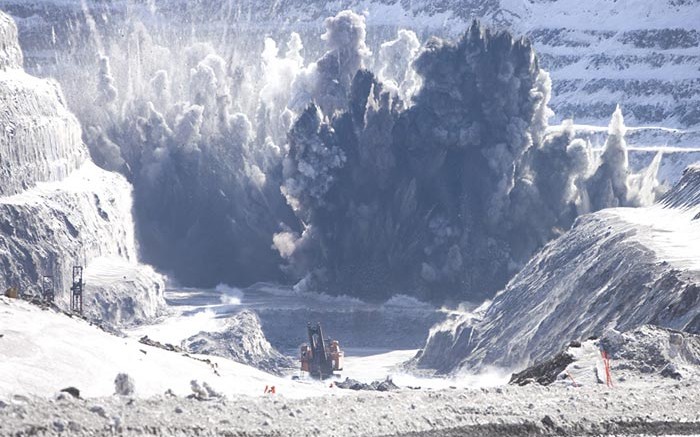Osisko Gold Royalties (TSX: OR) has amassed a 9.8% stake in Labrador Iron Ore Royalty (TSX: LIF) since the beginning of the year, and of that, 7.2% was acquired in the first quarter, Osisko noted in its quarterly financial statements.
Labrador Iron Ore Royalty holds a 15.1% equity interest in Iron Ore Co. of Canada (IOC) directly and receives a 7% gross overriding royalty and 10¢-per-tonne commission on all iron ore products produced, sold and shipped by IOC.
Despite iron ore prices that have been decimated over the last year — falling from US$180 per tonne to US$48 per tonne — the company has a lot to offer, according to David Taylor, who manages funds on behalf of IA Clarington. Funds managed by Taylor’s firm, Taylor Asset Management, collectively own 5% of Labrador Iron Ore Royalty.
“There have been rumours of other companies sniffing around Labrador Iron Ore Royalty for some time,” he says, “and I would think if one company does make a formal bid, then it could become quite competitive.”
IOC’s mine in Labrador has operated for the last 53 years, and has reserves that will keep it active for another 25 years at its current production rate.
“It’s an asset with a long reserve life; good-quality iron ore, with few impurities; financially strong partners (Rio Tinto owns a 59% stake and Mitsubishi Corp. a 26% stake); and good infrastructure, with a rail line to the Port of Sept-Îles,” Taylor says in an interview. The deepwater port is one of the most important port terminals in Canada.
“Not only does Labrador Iron Ore Royalty collect a 7% royalty off the top, but it owns 15% of the asset,” Taylor continues. “It really doesn’t matter if IOC is profitable or not, it still collects a 7% royalty on all sales of its iron ore products. And while they don’t control the asset, they are part of the committee and part of IOC’s board. It’s nice to have somebody who sits at the table, as opposed to just collecting a royalty.”
In the first quarter of 2015, Labrador Iron Ore Royalty earned royalty income of $23.3 million, with net income of $10 million, or 16¢ per share. Its concentrate for sales and pellet production were 28% and 15% higher in the first three months of 2015, compared with the same period a year ago. This owed to increased asset reliability, a lower strip ratio and higher weight yield.
The company noted when it released its first-quarter financial results on May 6 that IOC plans to restore pellet capacity to 12.5 million tonnes per year from its current 10-million-tonne capacity before July.
Taylor notes that “not all iron ore is created equally, and this company turns most of its concentrate into pellets, which are extremely attractive to steel companies because it saves them time, energy and cost to turn them into pellets, which are much more efficient in blast furnaces.”
IA Clarington receives a 25¢ dividend each quarter from Labrador Iron Ore Royalty, which Taylor says makes it “almost a dream asset,” despite the current “horrific” iron ore price and an environment where the base metal is “trading at a point so deep in the global cost curve that almost every producer is losing money.”
Taylor points out that Rio Tinto would, at the right price, love to reduce or eliminate the 7% royalty the company pays out, which is expensive to the operation.
After news of Osisko’s growing ownership in Labrador Iron Ore Royalty, the company’s stock rose by 11%, or $1.69, to finish at $16.88 per share on 1.9 million traded.
The Toronto-based fund manager says that sunnier days lie ahead for the company, and argues that the market will see another iron ore cycle within the next 25 years of reserve life, “and if you’re buying today, you’re getting a 5–10% dividend yield, while you wait for the next upcycle.”
“We’ve got a pretty healthy weight in Labrador Iron Ore Royalty in our portfolio, and we’re going to wait to see how this plays out,” he says. “We think this is the beginning, not the end. And my guess is that Osisko is interested in more of this company at the right price, and that there could be other parties that might be interested as well, including Rio Tinto.”


Be the first to comment on "Labrador Iron Ore Royalty could become takeover target"